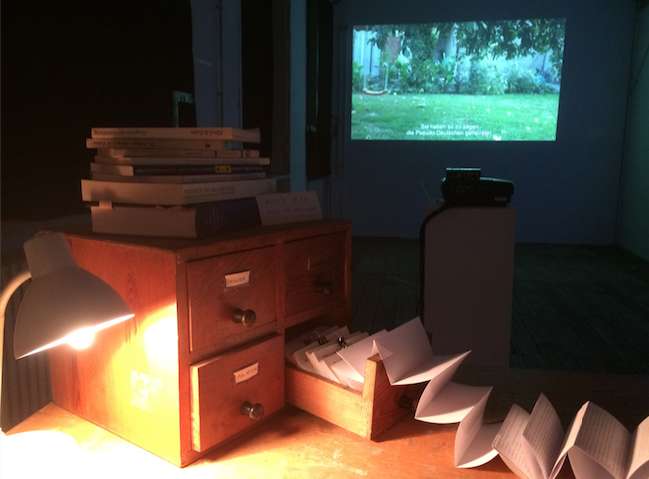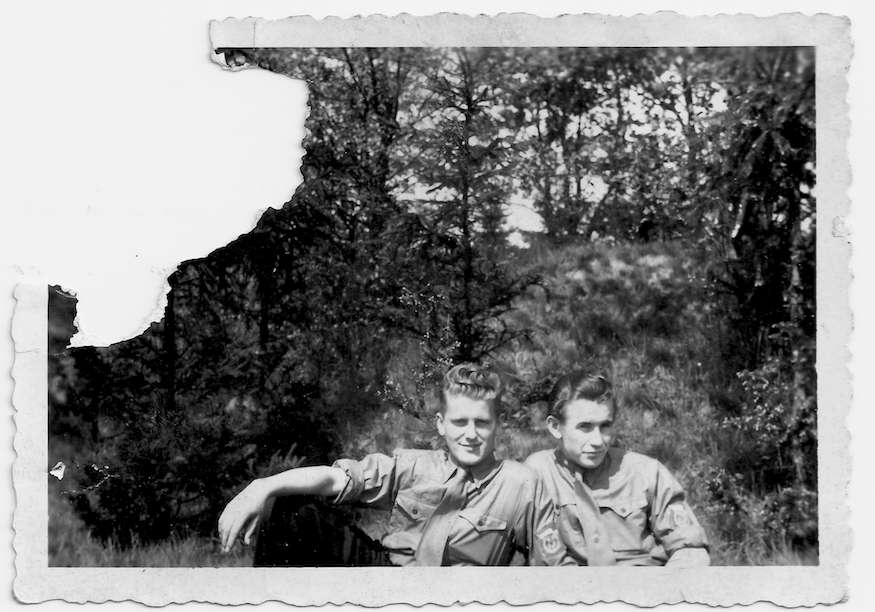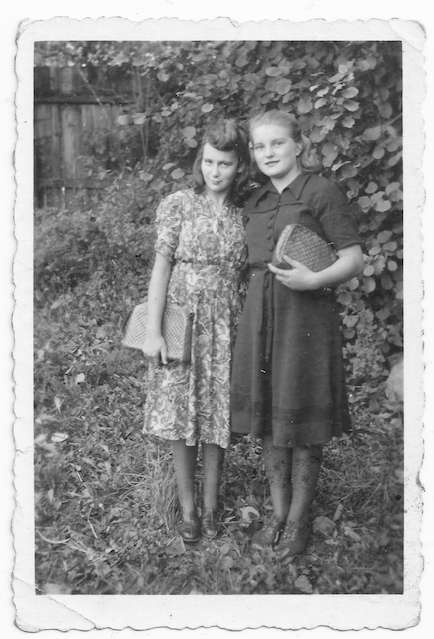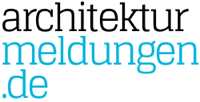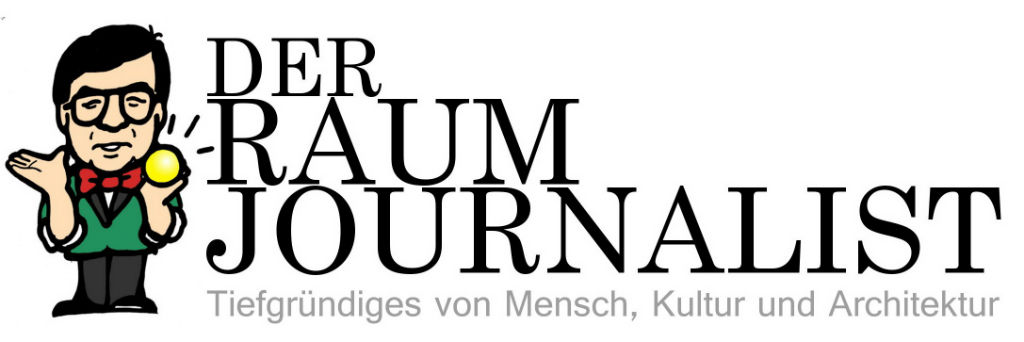Karlsruhe – Athens TRANSMISSION FESTIVAL | Interview with NINA ADELAJDA OLCZAK
Two weeks in April were dedicated to TRANSMISSION – in Karlsruhe and Athens. For two weeks, the newly initiated art festival – self-organized by a group of media artists – presents contemporary positions in different media and brings together artists from Athens and Karlsruhe. It’s impact is glocal – it gives the local visitors new aspects and perspectives in the media and performance arts, promotes cultural diversity in Karlsruhe and Athens and European cooperation. We will accompany TRANSMISSION festival with selected interviews with participating artists.
Nina Adelajda Olczak is a Germany based media artist, who works predominantly with moving image, installation and performance. Born in Poland in 1980, the artist moved to Germany in her early twenties, where she studied art history and English and subsequently media art. She is a graduate of Karlsruhe University of Arts and Design. Her artistic practice often involves collaboration with other artists. Olczak’s multichannel video works, installations and performances construct bizarre, insightful and sometimes satirical narratives exploring various aspects of identity and artistic experimentation.
deconarch.com asked her about her on-going project “Hajmat” which she presents at the TRANSMISSION festival, an artistic approach to the idea of transnational identity in a globalized society. The core of the project is a series of interviews conducted with members of multi-generational Silesian families, which manifest various forms of transnational migration. The field of interest spans the areas of cultural transfer, migration and intercultural influences and how it influences the identity formation and perception.
All illus. (c) Nina Adelajda OlczakÂ
www.nina-adelajda-olczak.com
INTERVIEW
You are presenting your on-going project “Hajmat”. What is it about?
“Hajmat” (in Silesian: Homeland) is an artistic approach to the idea of transnational identity in a globalized society. In my videos, performances and installations I often create visual narratives that investigate the movement of an individual in the space and its implications on that individual’s identity and environment. The point of departure is always the movement. It has clear directional ties – you move from A towards B. There is an identity-forming aspect to it – where we are from constitutes who we are and who we become.
In Upper Silesia, where I grew up, the formation of one’s identity does not primarily progress along national categories. This central European region, now located mostly in Poland, is home to the two largest national minorities in Poland – Silesians being the first and German the second. Political, economical and geographical shifts in the European arena in 19th and 20th century resulted in developing a kind of hybrid identity among the people inhabiting the area. The line of development of this kind of identity went beyond the concept of the national states and was influenced by Silesian, Polish, Czech and German traditions equally over the centuries up until today. Traditions of labor migration are continued for generations in Upper Silesia, contributing to the development of transnational social spaces and lifestyles.
This meta-geographical identity model that contrasts the idea of ethnically or culturally homogenous container states can be applied to other groups with hybrid or transnational identity. An example here could be the second generation of Turkish migrants in Germany who’s oscillation between both cultures produces a third transnational identity, where ethnic element is of secondary relevance and the whole identity formation process comes down to personal choices between different cultures rather than being connected to national frameworks.
The core of the project is a series of interviews conducted with members of multi-generational Silesian families, which manifest various forms of transnational migration. The field of interest spans the areas of cultural transfer, migration and intercultural influences and how it influences the identity formation and perception.
What are your motives, topics? And how do you find them?
If somebody asked me to describe my artistic practice in one sentence, I would say that in my videos, performances and installations I create visual narratives that investigate the movement of an individual in the space and its implications on that individual’s identity and environment.
As I said before, the point of departure is always the movement. Its directional character has an identity forming aspect – where we are from constitutes who we are and who we become. Being a dual citizen, and a member of a small ethnic minority, I often ask myself where does this process take us. This is also how I came to think of sustainability as an artistic and cultural concept. How to create sustainable and fair conditions for art practice or a sustainable art market? How to increase environmental and social engagement, create sustainable models for social justice and democracy in a global “village”?
Another question that I ask myself is how to invoke movement in the society? How do I make art that creates a direct response, or even better – where the response constitutes an artistic act by the recipient? At some point I started thinking of audience in active instead of passive terms and wished the viewer to become physically engaged with my works. The one who receives, views and observes becomes the one who acts. I value interaction and engaging with wider audience. I believe art could be one of the ways to affect a direct change in the society.
How would you describe your working process?
My artistic method can be best defined as an exchange between free-flowing experimentation and artistic research. The impulses for creating new works originate from artistic exploration and from my own experiences and I often find inspiration in fields not connected to art, like sociology, cultural studies or applied sciences. I was always more interested in the process, rather than the finished product. My first video performances consisted simply of walking in the landscape. Gradually I was adding further elements like the narrative, and introducing the action of collaboration.
In my diploma thesis I embraced the avant-gardist concepts of “democratization of art” and “dissolution of art in the praxis of life.” This was my first step towards community-engaged projects that use playful interaction to create a relationship between the artist and the participant. The project that I’m working on at the moment brings me back to the idea of movement as an identity-forming measure, exploring identity changes amongst transnational migrants. I am still contemplating the form that will allow me to transport those concepts in the way that responds to the two basic human needs, that I consider crucial to art – that of expression and that of connection.
Are there particular influences, inspirations for your work?Â
Indeed, two essays in particular have inspired my research, “Wohnung beziehen in der Heimatlosigkeit” by Vielem Flusser and “‘Doppelpass’ und ‘schwebendes Volkstum’ in Deutschland und Polen – pathologische Normabweichung oder zukunftsweisendes europäisches Identitätsmodell? by Ewa Palenga-Möllenbeck.
Nina, thank you very much for sharing your thoughts!

